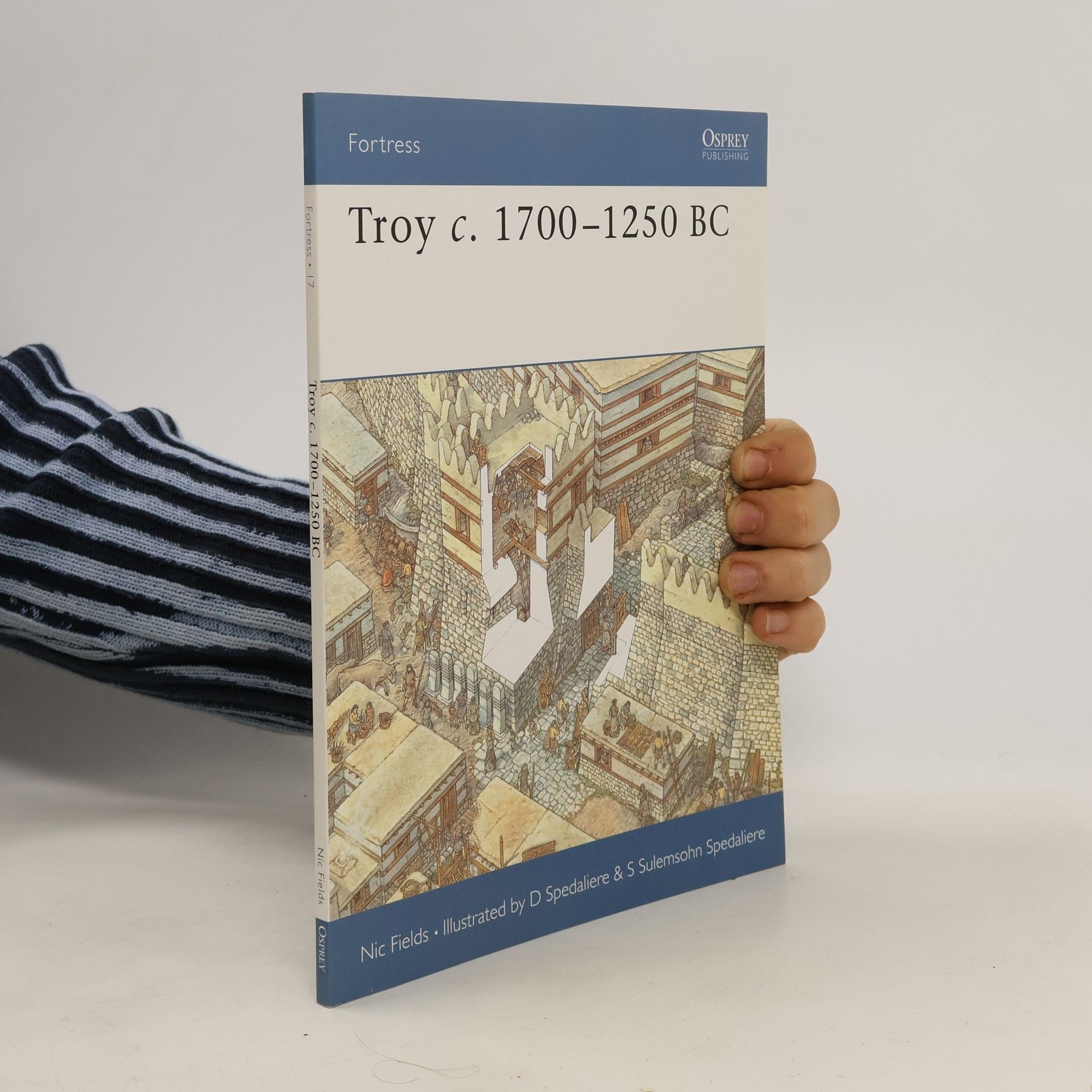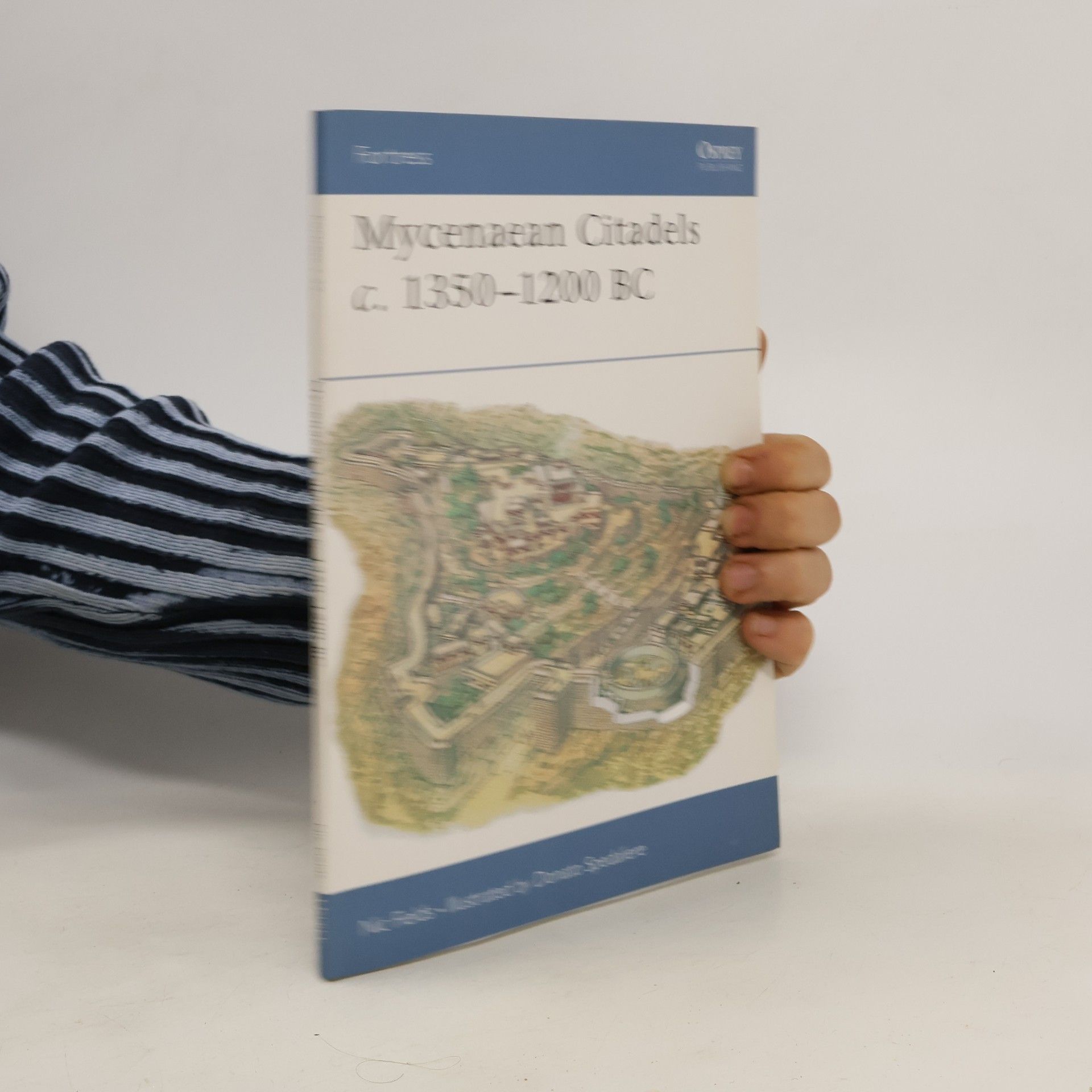The first dedicated examination of Alexander the Great's final battle and acknowledged tactical masterpiece.In the years that followed Alexander the Great's victory at Gaugamela on 1 October 331 BC, his Macedonian and Greek army fought a truly 'Herculean' series of campaigns in what is today Iran, Turkmenistan, Afghanistan, and Pakistan. But it was in the Indus Valley, on the banks of the Hydaspes River (known today as the Jhelum) in 326 BC that Alexander would fight his last major battle against King Poros.Using detailed maps and 3D diagrams, this beautifully illustrated work shows how Alexander used feints and deception to transport a select force from his army across the swollen River Hydaspes without attracting the enemy's attention, allowing his troops the crucial element of surprise. Battlescene artworks and photographs reveal the fascinating array of forces that clashed in the battle, including Indian war elephants and chariots, and horse archers and phalanx formations. Also examined are the differences in weaponry and armour between the opposing sides, which would prove crucial to the outcome. Although a tactical masterpiece, the Hydaspes was the closest that Alexander the Great came to defeat, and was one of the costliest battles fought by his near-exhausted army.
Nic Fields Livres







Farewell to the Liar
- 528pages
- 19 heures de lecture
The final instalment of The Tales of Fenest. Detective Cora Gorderheim must make a terrible choice: her sister's life, or the future of the Union.
Mycenaean Citadels C. 1350-1200 BC
- 64pages
- 3 heures de lecture
From 1600BC, urban civilization in Greece began to thrive and the power of a number of warlord states began to be felt around the Aegean. This period is known as the Late Helladic or Mycenaean period. This volume charts the histories of the fortified citadels that dominated the Greek countryside for over 2000 years.
Athenian Trireme vs Persian Trireme
- 80pages
- 3 heures de lecture
A fascinating and detailed exploration of one of the most famous warships of the Ancient world - the trireme - and its tactical employment by the opposing sides in the 5th-century BC Graeco-Persian Wars. You may be familiar with the Athenian trireme – but how much do you know about the ram-armed, triple-oared warships that it dueled against at the battles of Artemision, Salamis and the Eurymedon River? How similar or different were these warships to each other? And why did the Persians rely on Phoenician vessels to form much of their navy? Much attention has been devoted to the Greek trireme, made famous by modern reconstruction – with only passing notice given to the opposing Persian navy's vessels in illustrated treatments. Join us on the Aegean as, for the first time, we reveal a rarely attempted colour reconstruction of a trireme in Persian service. Compare the form, construction, design, manoeuvrability, and tactical deployment of the opposing triremes, aided by stunning illustrations. Man the decks of these warships with the fighting complement of Greek citizen hoplites, Scythian archers and Persian marines, and learn why the Greeks placed a bounty of 10,000 drachmae on the head of Artemisia – the Karian queen and Persian admiral, and the only woman among Xerxes' commanders.
Hisarlik is a small place, a sandy stone strewn hillock cut up into gullies and hummocks. Yet its historical significance is immense, for this is the site of Troy - the legendary city whose story sprawls across cultures, time and geography. The tale of the siege of Troy is the greatest secular story ever told, and has captured the imagination of the Western World for some 3,000 years. Although there are many difficulties in using Greek myths, oral traditions and the Homeric epics to reconstruct the Trojan War, this title uses the latest archaeological evidence to reconstruct in detail the fortifications of Troy as well as making more general observations about the possible historical events behind the epics of Homer.
The Stitcher and the Mute
- 496pages
- 18 heures de lecture
Detective Cora Gorderheim has found the man who strangled the Wayward storyteller. But he was just a small part of a much bigger tale. Someone powerful ordered a murder on Cora's patch. That someone still lurks in the shadows.
Caudine Forks 321 BC
- 96pages
- 4 heures de lecture
In its long history, Rome suffered many defeats, but none were as humiliating as the Caudine Forks in 321 BC. Rome had been at war with the Samnite League since 328 BC. The rising powers vied for supremacy in central and southern Italy, and their leaders were contemplating the conquest of Italy. The new Roman consuls of 321 BC were the ambitious, but militarily inexperienced, Veturius Calvinus and Postumius Albinus. They were determined to inflict a massive blow on the Samnites but their troops were instead surprised, encircled, and destroyed. The survivors were forced to retreat under the yoke in a humiliation worse than death. This new study, using specially commissioned artwork and maps, analyzes why the Romans were so comprehensively defeated at the Caudine Forks, explains why the aftermath of their defeat was so humiliating, and how it spurred them on to their eventual triumph over the Samnites.
Widow's Welcome
- 432pages
- 16 heures de lecture
Dead bodies aren't unusual in the alleyways of Fenest. Muggings, brawls gone bad, debts collected - Detective Cora Gorderheim has seen it all. The first novel in a fantasy crime trilogy.
The narrative intricately weaves the battle into the broader political landscape and the preceding campaigns that culminate in a decisive confrontation. It explores the strategic decisions and motivations of key figures, providing a comprehensive understanding of the events leading to this pivotal moment. Through detailed analysis, the book highlights the interplay between military actions and political dynamics, offering readers a deeper insight into the significance of the battle within its historical context.
Britannia AD 43
- 96pages
- 4 heures de lecture
A highly illustrated account of how the Roman legions crossed the sea to conquer Britannia in AD 43.